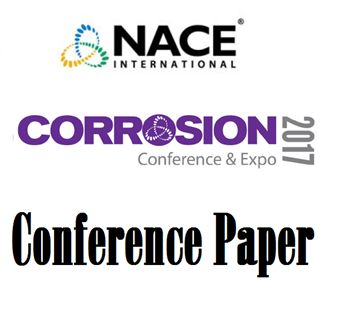Search
51315-5785-Susceptibility of Cold-Worked Medium Carbon Steel to Stress Corrosion Cracking in Synthetic Formation Water and CO? Environment Using the Slow Strain Rate Method
Also Purchased
NACE SP0403-2015, Avoiding Caustic Stress Corrosion Cracking of Refinery Equipment and Piping
Product Number:
21102-SG
Publication Date:
2015
$179.00
51312-01924-Linking Grain Boundary Microstructure and Microchemistry to Stress Corrosion Cracking of Cold Rolled
Product Number:
51312-01924-SG
ISBN:
01924 2012 CP
Publication Date:
2012
$20.00
Effect of Cold-work on Repassivation and Corrosion Behaviors of Carbon Steels and Stainless Steels
Product Number:
51317--9083-SG
ISBN:
9083 2017 CP
Publication Date:
2017
$20.00




